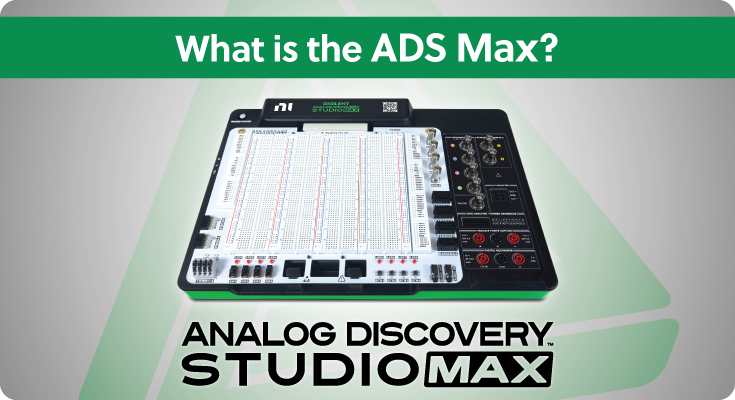Last month, I described a simple stateless web application using Python and Plotly’s Dash module. It created a dashboard allowing users to select waveform channels, update rate, and the number …
Featured
Recent Articles
Software defined radio (SDR) replaces traditional radio frequency (RF) hardware with programmable software, giving you dynamic control over modulation, bandwidth, and frequency. This technology allows for wideband, flexible experimentation across …
Fritzing is a free tool that allows users to create clean and professional images of electronics projects for teaching or sharing. Digilent uses Fritzing in all of our intern-created projects, and we’re working closely with Fritzing to have a bin of Digilent parts soon.
At Digilent, we’re proud to support educators and students around the world in bringing digital design concepts to life. One recent example comes from Yeditepe University in Istanbul, Turkey, where …
Hi there Digilent Blog readers! I’m Dr. Brian Faulkner, professor of Electrical Engineering at Milwaukee School of Engineering in Milwaukee, Wisconsin, USA, where I teach introductory circuit theory and power …
Consider Dash if you’ve ever wanted to create a web browser application using Python. With Dash, you don’t need to be good at using JavaScript, great at Cascading Style Sheets …
Popular Posts
At Digilent, we understand the evolving needs of engineering education. That’s why we’re thrilled to introduce the Analog Discovery Studio Max (ADS Max), a versatile and comprehensive electronics laboratory solution …
A small post for Digilent’s largest products. All three rebranded NI VirtualBenches are now sold by Digilent and supported by WaveForms on Windows Fastest and highest bandwidth mixed signal …
Let’s talk about clocking. It’s crucial to the functionality of FPGA boards and digital design in general, as all synchronous logic depends on clocks. In this article, we’ll define some …
Shifting Academic Focus In late June, Digilent attended the American Society of Engineering Education (ASEE) Annual Conference. We’re no strangers to the event, and have been proud to show off …
Brandon K. provides a quick rundown on the nuances of notation.
Today we will go over a brief overview on FPGAs!
If you’ve been around electronics for a while, you’ve probably noticed that components like resistors, capacitors, zener diodes and inductors come in some odd values. Looking at the chart above, there seems to be no clear rationale behind the values, but there is a pattern. 47kΩ resistors and 22μF capacitors are everywhere, but not 40kΩ or 50kΩ resistors, or 20μF or 30μF capacitors. So what’s the deal? It all has to do with preferred numbers.
At this point in reading the blog and going through the learn material, you might realize that there is a lot of FPGA code. It doesn’t look like C, it doesn’t look like Java…what is it?



